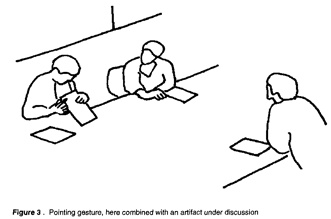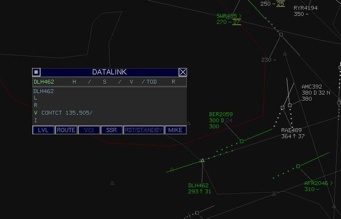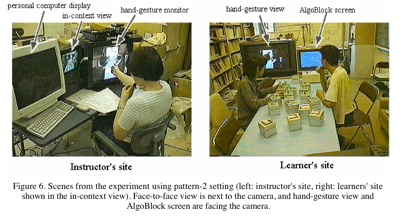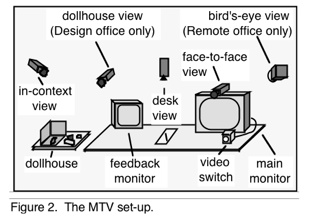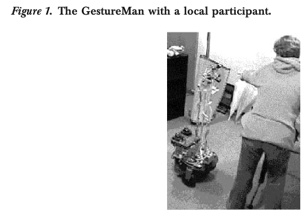GROUP was a truly nice conference. I had the pleasure to meet with a crowd of thinkers from different disciplines in the suggesting landscape of Sanibel Island. I would say that there were 300 attendants, 20% of which were non-American. Below are my real-time notes from the talks of the conference. They are organized temporally according to the talks I attended.
UMER FAROOQ
Supporting creativity with awareness in distributed collaboration
Creativity is critical to social process. How awareness can support creativity in remote collaboration.
Qualitative study. -> they asked a group of students to write an article. The students used BRIDGE. 25 minutes social grounding.
They used a questionaire to asses they self-report ensitmation of creativity.
They used an highly detailed coding scheme to analyze their interaction.
They coded the chat logs using breakdown analysis [winograd]
Findings:
– minority ideas were under-considered;
– novel ideas were easily lost;
– lack of critical evaluationof perspectives; -> provide a workspace preserving exegesis (pros and cons)
– weak reflexivity during convergence;
All this lead the author to consider the importance of activity awareness. For example he suggested the possibility to quickly tag ideas and represent them in a concept map. Another possibility is that of using activity updates.
FEDERICO CABITZA
Providing awareness through situated process maps
Clinical practice is a good example of a situation in which exceptions are the rule.
Process maps are clinical pathways. A pathway is a schematic representation of a series of actions. These are created cooperatively by practitioners. These are triggers and results of professional …
What is the best way to combine procedural knowledge into a single computer-based artifact?
They used an ethnographic informed approach. They derived from their study three operating modes. Awareness information refards anu information about what was or is going on in a working environment actors can be provided with to coordinate with each other and make apt decisions.
LWOAD is a proposition of an abstract language that users can use to specify relationships between clinical pathway and clinical record and that they can use to specify awareness interdependencies.
To enact prescriptiveness they defined two dimensions: criticality and pertinency.
JEREMY BIRNHOLTZ
Privacy in the Open: how attention mediates awareness and privacy in open-plan offices
Informal interaction is valuable but requires awareness.
Awareness creates privacy -> solutions: equality principle; reciprocity; blurring image manipullation.
Video provides few attention cues -> Hydra one screen per person.
How do we address the balance privacy and awareness.
Can we learn something from open-plan offices?
Attention plays a key role in open offices: they found two themes
– attentional legitimacy: private space, personal workspaces, public spaces
– public displays of attention: observation and observability in approaching the person that you want to interact with.
Implications -> what is the online equivalent for ‘proximity’? How an we support multiple levels? Common ground via public attention.
Future work: Open Instant Messenger; tracking people.
GREGOR McEWAN
A field study of CommunityBar
…

